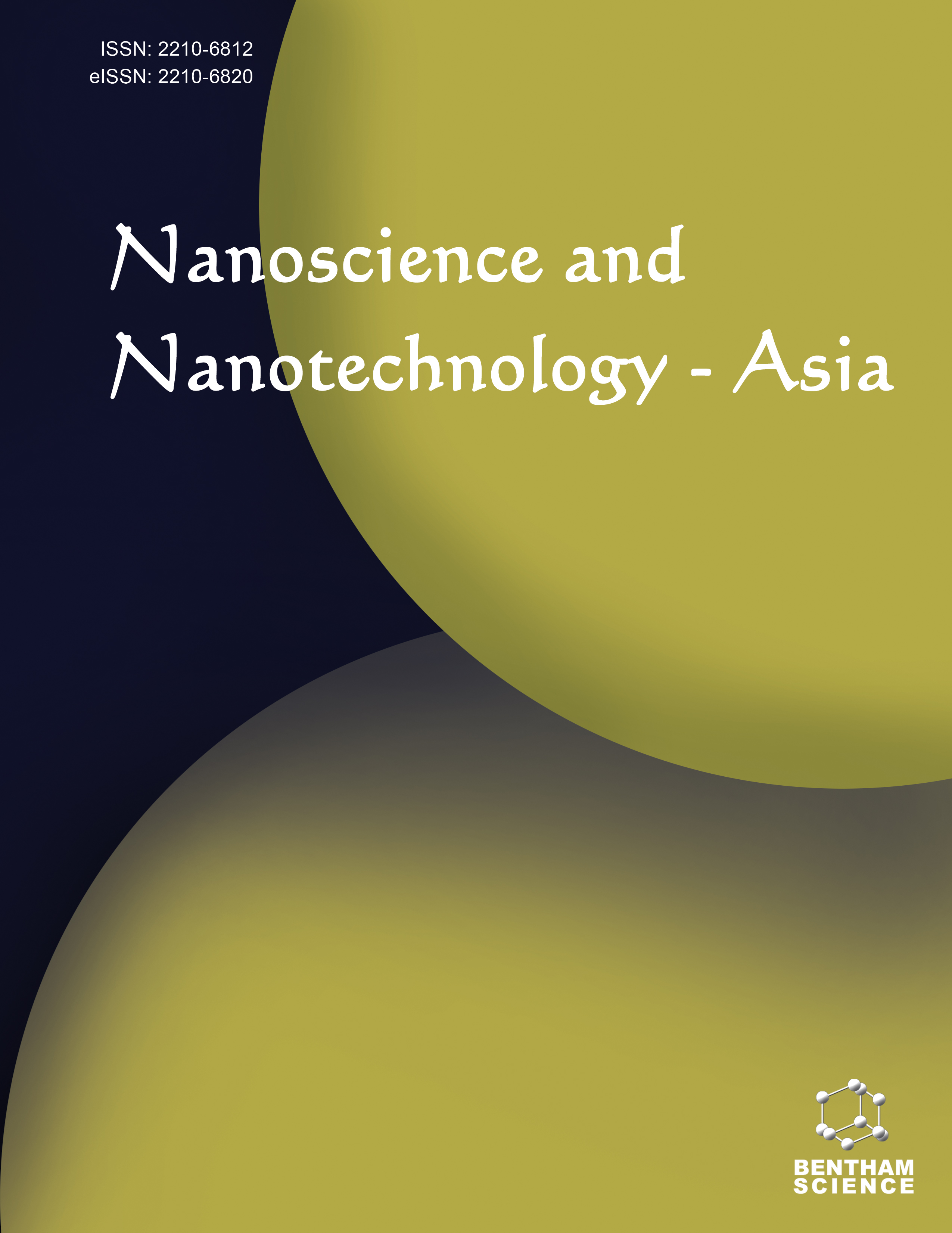
Full text loading...
The utilization of chemotherapy remains an established therapeutic strategy in the ongoing fight against cancer. Nevertheless, it has been impeded by the occurrence of several fatal adverse reactions caused by non-specific toxicity often associated with chemotherapy. Nanotechnology is an emerging field of research that is experiencing rapid growth and is widely recognized as a highly promising approach for advanced cancer therapy. Biosynthesized green nanomaterials are emerging as promising tools for cancer treatment and diagnosis. Metal nanoparticles have been developed for use in several applications, including magnetically sensitive medication delivery, photothermal treatment, and photoimaging. Nanomaterials containing metals, such as iron, cobalt, and silver, which are generated from various bio-sources, have been described. The boundless capabilities of nanoparticles have already had a profound impact on human existence. Nevertheless, the potential adverse effects of nanoparticles on human health have consistently instilled apprehension. A thorough investigation of the toxicity and intricate nature of nanomaterials has facilitated the emergence of nanotoxicology, a field that examines the fundamental origins of these problems. The introduction of green chemistry principles has aimed to provide safer techniques for the production and management of nanomaterials, resulting in the emergence of green nanotechnology. This review article highlights the potential uses of green nanotechnology for the detection and management of tumors, including the challenges they face in reaching clinical trials.

Article metrics loading...

Full text loading...
References


Data & Media loading...

